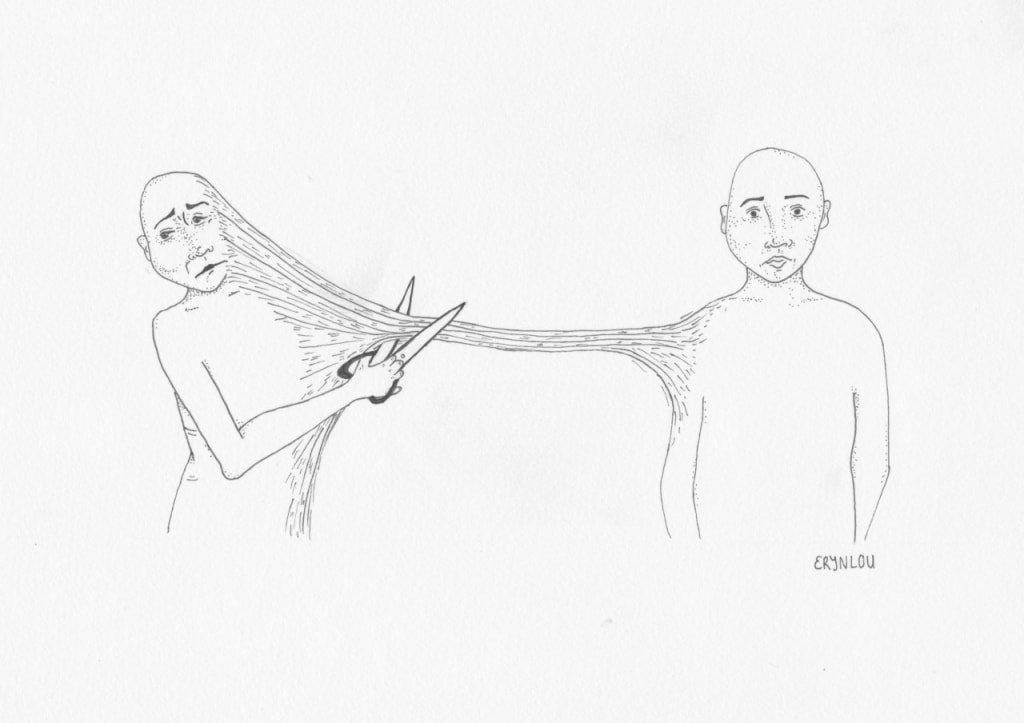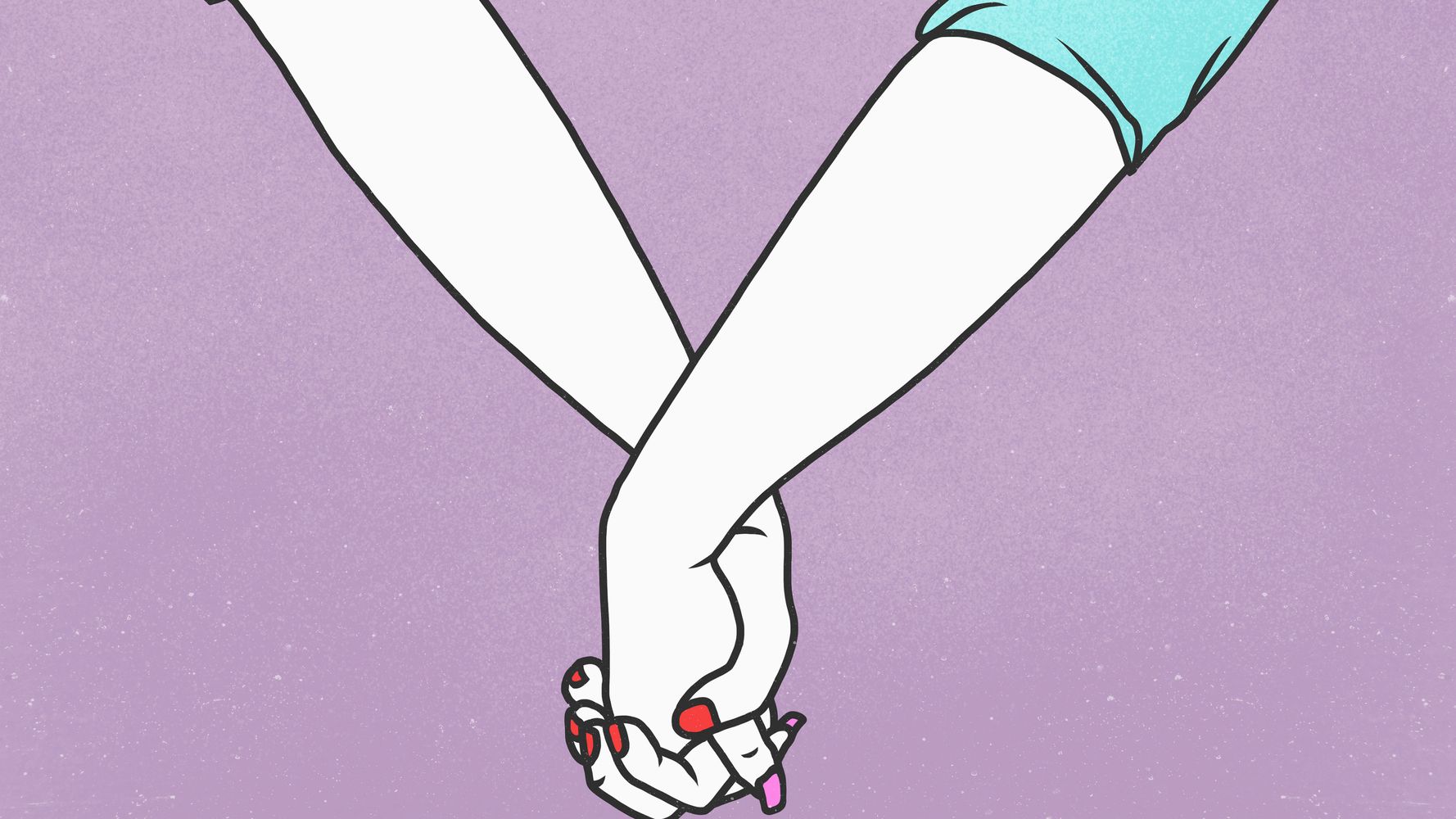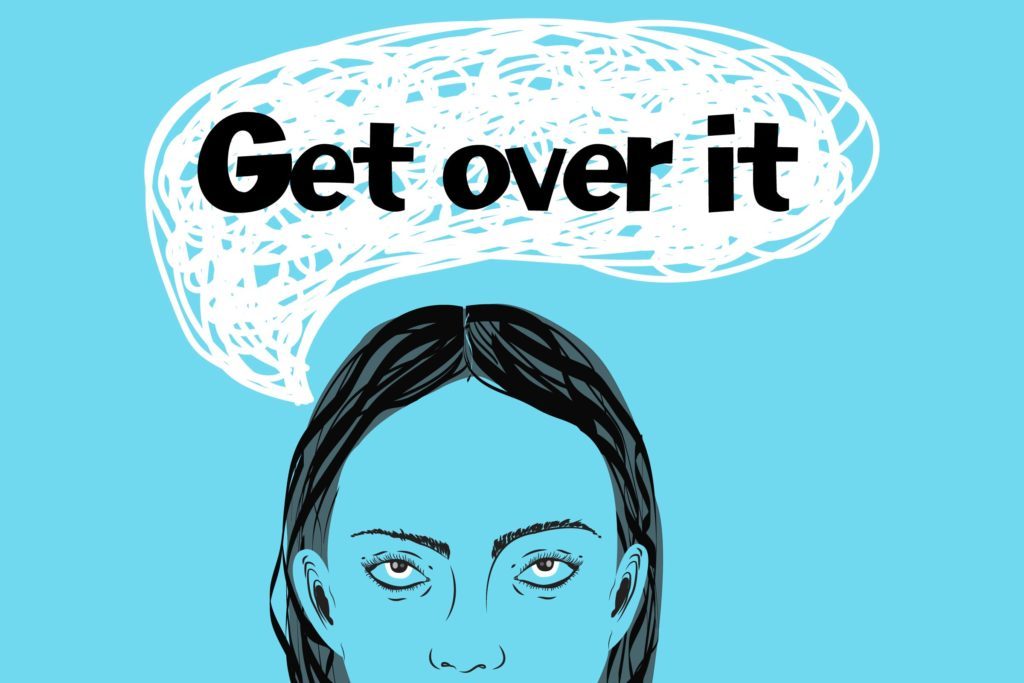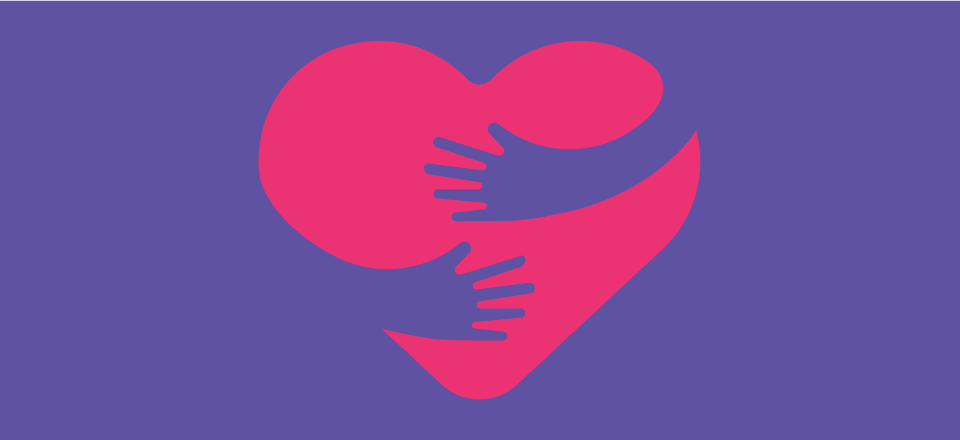Archive of ‘Civic Issues’ category

Image Source:Fox News
If you’re reading this right now, chances are you’ve heard of COVID-19 or Coronavirus. Right now, we are living through the first global pandemic since the H1N1 outbreak in 2009, but this particular pandemic is far more severe than that many of the people in my age group has ever experienced. While there is a wealth of information about the symptoms of the virus and its dangers to one’s physical health, there is little regarding the mental health of those participating in social distancing. Though you may be physically healthy during this time, the effects that isolation can have on mental health should not be ignored.

Image Source: CDN
Social distancing is a strategy used to prevent or slow the spread of an infectious illness in which people are asked to maintain a physical distance between one another and limit close contact with others as much as possible. While this strategy, if executed correctly, is incredibly effective at “flattening the curve,” it can be very jarring and difficult for people with mental illnesses. When disasters like this occur, it can even cause the development of certain mental illnesses.
Social isolation can have shockingly negative effects on the brain. It is often associated with depression and post-traumatic stress disorder (PTSD) and can be damaging to different sections of the brain. Most commonly, it has negative effects on the ventral striatum, part of both the reward and learning center, and the temoroparietal junction, which is associated with empathy. In a study performed at the University of Chicago, subjects were split into two groups, one being isolated and another “non-lonely” group. Each group was asked to look at pleasant and positive images. When the isolated group viewed the images, there was far less activity in their ventral striatum than those in the opposing group. It can lead to changes in sleep patterns, energy levels, and increased amounts of anxiety or paranoia. It can also be very harmful to those struggling with substance abuse.
So, if social isolation can be so damaging to my mental health, what can I do about it?
First, and most importantly, there is much you can do to support yourself. If you are feeling overwhelmed, take a break from news organizations and social media. While staying informed is important, receiving a never-ending flood of alarming and frightening information can make it difficult to see the light in . The CDC recommends staying as active as possible, because this will not only help you to have more energy and positive emotions, it will also help to boost your immunity. Try to eat healthy and balanced meals. Cooking and preparing food can also be a fun activity to do during your time at home. If you are feeling stressed, try taking deep breaths or practicing meditation. Mindful has a simple guide for meditation if you feel that it is something you’d like to try. Take time to enjoy activities that you enjoy. Self-love and self-care activities can be incredibly uplifting during stressful times. I personally enjoy exercising, drawing, or painting, but there are countless activities you can do while still remaining in the safety of your own home.

Image Source: Human Origin Project
Another thing to keep in mind at this time is to make sure that you are getting information from credible resources. This pandemic has had a tremendous amount of media coverage, so it is important to only trust information from reputable organizations to avoid getting alarming information that may not even be accurate. As of right now, only trust information you receive from your doctor, the CDC, or Centers for Disease Control and Prevention, and WHO, or the World Health Organization.
Finally, talk to people that you trust if you are feeling upset. If you are at home with family members that you feel comfortable confiding in, you can do so. If you are experiencing emotional distress or suicidal thoughts, you can call the National Suicide Prevention Hotline or visit their website. Remember that you are not alone in this. Because of the nature of this situation, the majority of the people in the United States, and even the world are experiencing this pandemic as well.
If you or someone you know has children that may feel distressed by the current situation, I have linked a CDC recommended coloring book that is designed to help children cope with disasters like the COVID-19. It is called Coping After a Disaster.
*Disclaimer: I have not been sponsored by any of the websites I recommended in this post.*
Sources:
Edmonds, Molly. “What Are the Effects of Isolation in the Mind?” HowStuffWorks Science, HowStuffWorks, 27 Jan. 2020, science.howstuffworks.com/life/inside-the-mind/emotions/isolation-effects.htm.
“Emotional Wellbeing During the COVID-19 Outbreak.” Lifeline, 2020, suicidepreventionlifeline.org/current-events/supporting-your-emotional-well-being-during-the-covid-19-outbreak/.
Lifeline Australia. “Loneliness & Isolation.” Loneliness & Isolation, 2020, http://www.lifeline.org.au/get-help/topics/loneliness-isolation.
“Mental Health and Coping During COVID-19.” Centers for Disease Control and Prevention, Centers for Disease Control and Prevention, 30 Mar. 2020, http://www.cdc.gov/coronavirus/2019-ncov/daily-life-coping/managing-stress-anxiety.html?CDC_AA_refVal=https%3A%2F%2Fwww.cdc.gov%2Fcoronavirus%2F2019-ncov%2Fprepare%2Fmanaging-stress-anxiety.html.

Source: IncImages
Whether we are aware of it or not, the relationships we have with other people have an incredibly strong impact on our mental health. If you have ever been on a sports team or worked in a group setting, you may be able to identify with the fact that just a few or even one negative person can change the entire atmosphere. Perhaps you played on a sports team in high school and had a very good coach and very skilled teammates, but there was one team member who had a negative attitude and changed the dynamic of the whole team. Humans are social by nature, and having a supportive community or even just a few healthy and positive relationships can make a world of a difference.
In this post, I would like to address the differences between healthy and toxic relationships. I would also like to dive deeper into why negative relationships and communities can have such a powerful impact on mental health. Factors such as co-rumination and invalidation can be psychologically harmful. Furthermore, I would also like to discuss how to escape from these toxic relationships.
/arc-anglerfish-tgam-prod-tgam.s3.amazonaws.com/public/L32CLQY435EB5LWVYXARADR5AM)
Source: The Globe and Mail
In your lifetime, you’ve likely come across the term, “toxic relationship” once or twice. A toxic relationship is categorized by feelings of insecurity, negativity, jealousy, and distrust. Typically those in a toxic relationship or friendship will leave an interaction feeling drained or even depressed. These relationships are also typically unequal in terms of positive effort given and are often riddled with drama. Though someone in a toxic relationship may not be entirely aware of the issue, there are countless psychological and even health problems that can result from it. Those in a negative relationship may develop depression or anxiety, or constantly feel on edge. Toxic relationships even have a correlation to cardiac issues.

Source: The Ascent
I was recently introduced to the term co-rumination, which is something that I believe to be another important factor to mental health. It is essentially a collective, negative dialogue between peers. In some cases, it can be positive. Being open about your thoughts and feelings can be helpful, especially if it helps you to feel like you are not alone. Finding common ground and feeling validated is incredibly important. However, co-rumination can become very negative when it is the only type of communication present, or when the majority of conversations are negative. This kind of communication can be very harmful when long term because it prevents the process of healing. It is difficult to move on from something when it is constantly in the front of your mind. This can in turn contribute to anxiety and depression.

Source: Vocal
So, if toxic friendships and co rumination are so harmful, what can we do to avoid them? Let’s begin with co rumination. First, you need to be able to recognize certain behaviors as unhealthy. Think about if the issue you are discussing has already been frequently addressed. Are you catastrophizing something that has not yet happened? If so, how can you change the conversation? It is important to consider both your own and your peer’s emotions and be respectful if you catch yourselves co ruminating and want to lead the conversation in a different direction. Try and discuss ways to problem solve. Is there something that you can do to improve the situation? If there doesn’t seem to be an apparent solution, consider reflecting on how you could prevent similar situations in the future or how to cope in a healthy way. Maybe even make plans to team up and tackle the challenges you are facing together.
Now, lets discuss toxic friendships and how to handle them. Before I begin, I would like to express the fact that there is a difference between toxic relationships and abusive relationships. If you feel fearful or unsafe, that your partner is controlling, manipulative, or puts you in danger, I have left a number down below for the Domestic Abuse Hotline. You are the only person who can truly define your relationship and its labels. Now, if you are in a toxic relationship, and you decide that it is best for you to end that relationship, it is absolutely okay to do so. When approaching that situation, there are a few things you can do to help make the process easier. It is possible to end relationships with grace and honesty. First, make note of your friend or partner and show them that you did appreciate them. If you haven’t brought up the imbalances or issues with the relationship, it is important to apologize for the miscommunication. Then, share how you feel. If you are unable to be yourself or feel fulfilled be the friendship or relationship, be honest about it. Establish what you would be comfortable with in the future. If it is simply being civil if meeting in a public setting, then it is okay to ask for that. Remember that by ending the relationship, you are benefiting the both of you. No matter how they react, you can have peace in knowing that you were considerate and kind in the face of adversity.

Source: HuffPost
The relationships that we have with one another are incredibly important to our well-being. Being able to recognize unhealthy relationships as well as harmful conversation can help us to maintain healthier and happier lifestyles. If you have questions to ask or experiences that you would like to share that may help others, feel free to comment down below and continue the conversation!
National Domestic Violence Hotline:
1-800-799-7233 or visit the website to chat online.
Sources:
Carter, Sherrie. “The Hidden Health Hazards of Toxic Relationships.” Psychology Today, Sussex Publishers, 2011, http://www.psychologytoday.com/us/blog/high-octane-women/201108/the-hidden-health-hazards-toxic-relationships.
CollabCounseling. “Is Your Relationship Healthy, Difficult, Toxic, or Abusive? – Miami Therapist.” The Collaborative Counseling Center, 27 Mar. 2019, http://www.thecollaborativecounselingcenter.com/is-your-relationship-healthy-difficult-toxic-or-abusive/.
Kirmayer, Miriam. “How Co-Rumination Turns Healthy Relationships Toxic.” Psychology Today, Sussex Publishers, 2018, http://www.psychologytoday.com/us/blog/casual-close/201804/how-co-rumination-turns-healthy-relationships-toxic.

Image Source: The Healthy
Anxiety and depression are two of the most common mental illnesses among adults and adolescents in the United States. In fact, these illnesses effect roughly forty million adults yearly. Because of the incredibly large amount of diagnoses, it is certainly shocking that a vast majority of those with anxiety disorders are not treated. At most, only 36.9 percent of those suffering from anxiety and depression receive treatment. This means that there are at least fourteen million people that are struggling every day and are pushed aside.
In this post, I plan to discuss current treatment of anxiety and depression. I also plan to dive into why so many people go untreated and what we can do to change that. I would also like to discuss my own personal experience with the healthcare system and my feelings toward the treatment I received. I cannot speak for everyone, but I do hope that my story can help others to make sure that they can avoid my situation.

Image Source: Maryland Today
First, I’d like to give a brief description of what treatments are currently used for anxiety and depression. According to the CDC, the route that medical centers typically take to treat anxiety and depression is a combination of psychotherapy and medication. Psychotherapy is generally for the purpose of discussing causes of your symptoms, ways to improve your general health, and discussing ways that a patient can cope with their disorders. Medications for anxiety and/or depression are typically used to help improve the mood of patients and reduce symptoms, though they are not as effective without the combination with therapy.
So, if we have the means to treat these illnesses, why are there so many patients that go untreated?
According to Psychology Today, there are a number of reasons that people go untreated. At the very top of the list for untreated anxiety and depression is the stigma surrounding mental illnesses. In many cases, people report feeling embarrassed or ashamed to seek treatment for their mental disorders. Another large factor contributing to the lack of treatment for mental illnesses is that people don’t know how to get treatment. While larger areas and more progressive school systems are becoming more educated about mental health issues, rural areas don’t always have the same amount of resources.

Image Source: Real Simple
While my story does not reflect that of every patient suffering from anxiety and/or depression, I feel that it has factors important to consider when looking at treatment of these disorders. I was diagnosed with anxiety and depression in my middle school years. At the hospital I went to, I was given a plan to start psychotherapy and take a medication. In therapy, I was asked to describe factors that may have contributed to my mental health issues. We were able to identify several factors and I really only learned one method of coping, which was essentially redirection. While it did help a bit, I felt like a broken record talking about my home life at every session and focusing only on the negative aspects of my life. In regards to my medication, I felt that I found something that truly helped. This was incredibly relieving, until I could no longer get access to it. Because of my family’s financial situation, I lost my medication and I was unable to even safely stop treatment. Abruptly quitting any medication can be extremely dangerous, and it had a tremendously negative effect on me.

Image Source: WPHugs
So, what can we do as a society to prevent problems like mine and of others from happening? First, we can pass policies that require better education about mental health. Creating an overall awareness about these illnesses can help reduce the stigmas held about mental illnesses. Seeking treatment does not make someone weak. In helping others know that they are not alone and that mental illnesses are just as important to treat as other illnesses, we can reduce the number of patients that go untreated. Next, we can provide more access to free or inexpensive treatment. Since beginning my attendance at Penn State, I have been given access to a number of resources to get support for my own situation. With more programs like ones at PSU, we can help encourage people to get treatment without worrying about the cost.
Finally, I would like to leave a few resources to those who may be looking for one:
For those seeking help with a mental disorder and/or substance abuse: https://www.samhsa.gov/find-help/national-helpline
https://suicidepreventionlifeline.org/talk-to-someone-now/
National Suicide Prevention Lifeline: 1-800-273-8255
Disaster Distress Helpline: 1-800-985-5990 or text 66746
Sources:
ADAA. “Facts & Statistics.” Anxiety and Depression Association of America, ADAA, 2018, adaa.org/about-adaa/press-room/facts-statistics.
CDC. “Mental Health Conditions: Depression and Anxiety.” Centers for Disease Control and Prevention, Centers for Disease Control and Prevention, 22 Mar. 2018, http://www.cdc.gov/tobacco/campaign/tips/diseases/depression-anxiety.html.
PT. “Why 75 Percent of Anxiety Sufferers Fail to Get Proper Care.” Psychology Today, Sussex Publishers, 2020, http://www.psychologytoday.com/us/blog/psychiatry-the-people/201808/why-75-percent-anxiety-sufferers-fail-get-proper-care.

Source: Michigan Medicine
As someone who has experienced mental health issues throughout a majority my life, I feel that there far too many problems with how society treats and educates people about mental illnesses. While it is true that we, as a society, have drastically improved mental health practices over time, we still have a very long way to go.
The first time I experienced a program related to mental health was in middle school. Adults who surround me at the time heard rumors that my parents were separating and that I had been talking to my friends about how upset I felt, and I was sent to a counselor. While there, the counselor told me that I was simply angry about my family situation and that I needed to take my anger out at home. She told me that I needed to be careful when talking about how I felt and that school wasn’t the place to discuss my family issues. To say the least, I was very uncomfortable with how my feelings were manipulated and that I was told to just internalize them instead of being able to talk to my friends. I was not angry at all about the divorce. In fact, I was struggling with depression. After that appointment, I took her advice to keep things inside for a while, and my situation continued to worsen.
Another experience I had that negatively impacted my mental health rather than improving it or giving me positive strategies to cope with how I was feeling was with my family members. When asking for guidance from my elders, especially my grandparents, they often told me that I was “too young to have any worries” and that I should just “stop being dramatic” and I would be fine. Though they likely had good intentions, I just wanted to be heard. I wanted real solutions.

Source: The Hechinger Report
Most of the issues I faced with mental health became increasingly difficult in part because I felt invalidated. I felt alienated from my peers and family who had less experience with depression and anxiety. Nobody seemed to understand why I distanced myself from my friends, or why I started to produce work that was far below the standard that I had previously been meeting. Not even my teachers seemed to notice my willingness to participate and eagerness to learn starting to deteriorate. The public in general is not well educated about mental health, especially in small towns like the one that I grew up in. In my own case, I was not taught about depression, anxiety, PTSD, or anything of that nature until freshman year of high school. Even then, we did not go any deeper than surface level definitions of specific illnesses and never learned much about how to help others or ourselves when facing those conditions.
It is shocking that our students are so under educated about mental illnesses as today’s children are getting more and more diagnoses of anxiety and depression. According to the CDC ,the number of children diagnosed with anxiety and depression has rose from 5.4 percent in 2003 to 8.4 percent after 2012. Not only that, but in the United States only 41 percent of people with a mental illness were able to receive any sort of medical treatment for their conditions. These statistics tell us something incredibly important, which is that our approach for treating mental health conditions is not working well enough.
Throughout this series, I plan on researching more about the healthcare system and the policies currently in place regarding mental health. I also plan to examine the laws in place about mental health education and propose possible changes that could improve how people view peers with mental illnesses. I feel as though these issues are especially important in small towns and rural communities, like the place that I grew up in. It is incredibly important that we understand how to help those struggling with mental illness just as much as we learn to help those with visible, physical illnesses and conditions. I feel as though we should have access to resources and education no matter where we were born and where we go to school.
Sources:
CDC. “Data and Statistics on Children’s Mental Health.” Centers for Disease Control and Prevention, Centers for Disease Control and Prevention, 19 Apr. 2019, http://www.cdc.gov/childrensmentalhealth/data.html.
National Counsel for Behavioral Health. “5 Surprising Mental Health Statistics.” Mental Health First Aid, 6 Feb. 2019, http://www.mentalhealthfirstaid.org/2019/02/5-surprising-mental-health-statistics/.





/arc-anglerfish-tgam-prod-tgam.s3.amazonaws.com/public/L32CLQY435EB5LWVYXARADR5AM)








